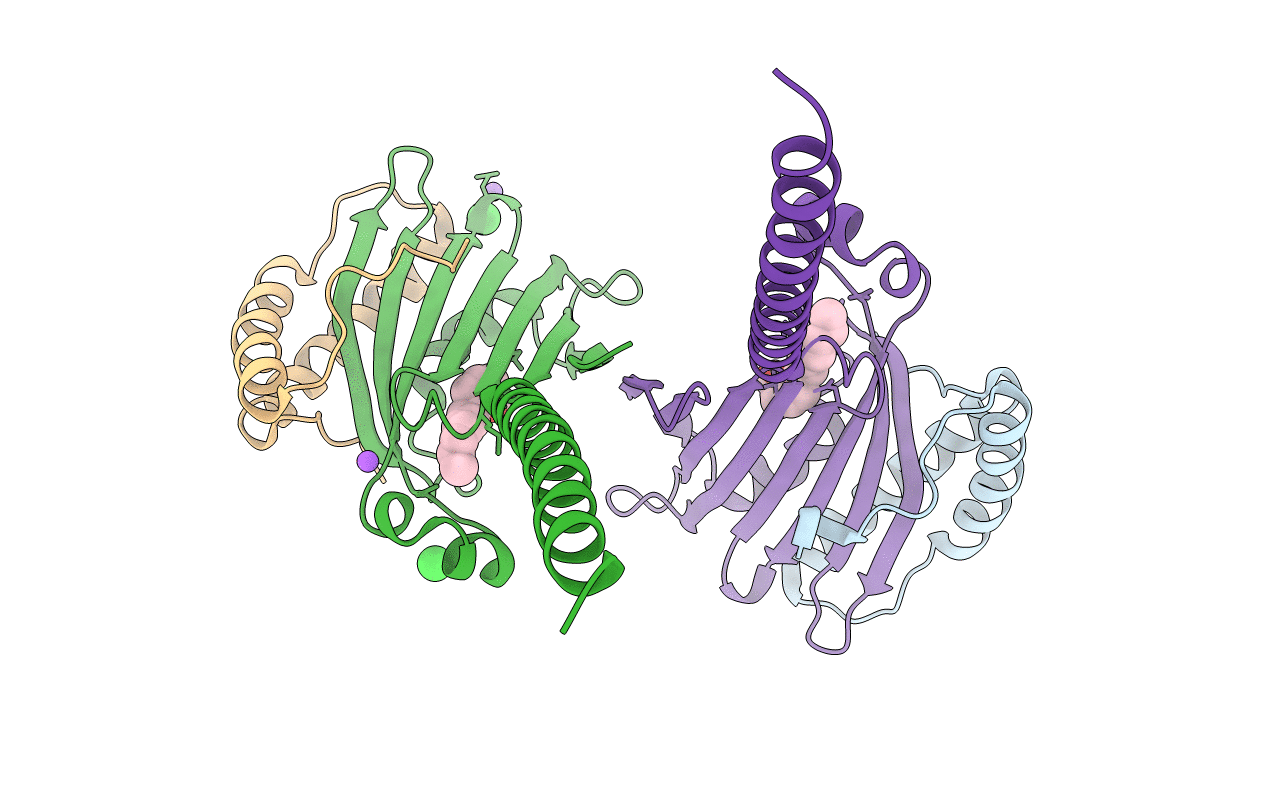
Deposition Date
2018-11-07
Release Date
2019-03-20
Last Version Date
2024-11-20
Entry Detail
PDB ID:
6I3V
Keywords:
Title:
x-ray structure of the human mitochondrial PRELID1 in complex with TRIAP1
Biological Source:
Source Organism:
Homo sapiens (Taxon ID: 9606)
Host Organism:
Method Details:
Experimental Method:
Resolution:
1.98 Å
R-Value Free:
0.24
R-Value Work:
0.20
R-Value Observed:
0.20
Space Group:
P 63 2 2


